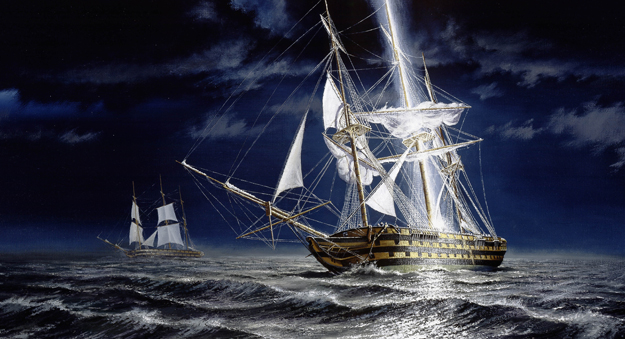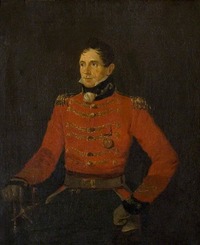Photo Courtesy Parks Canada Shown above is the partially restored Fort Malden, currently the location of the Fort Malden National Historic Site Museum. On the right is the restored estate house, which was built after the Fort’s closing in the…
Comments closedTag: War of 1812
Well-planned British tactical maneuvers executed by experienced leadership and Native American assistance would overcome a numerical disadvantage on the battlefield while leading the British to victory during the Battle of Queenston Heights. This major battle that took place during the…
Comments closedBackground In 1793, John Graves Simcoe, the lieutenant-governor of the British providence of Upper Canada, ordered the construction of a fort along the western edge of Lake Ontario. At the time, war seemed almost inevitable with the United States as…
Comments closedBack Ground In the early parts of the War of 1812, the United States lost Detroit to Tecumseh and Major General Isaac Brock. Tecumseh convinced Brock to attack Detroit, and he listened even when his own officers advised against it. Brigadier General…
Comments closedThe USS Scourge was a Navy Schooner during the War of 1812. The USS Scourge was built as the HMS Lord Nelson (Canadian ship) and launched from Niagara on the lake on May 1, 1811. This ship was a merchant ship…
Comments closedOverview History of the HMS St. Lawrence During the War of 1812, the Great Lake Ontario was landlocked, forcing both the colonies and the British to build warships on the lake if they wanted to dominate its waters. Along the…
Comments closedBritish Control of Fort Mackinac during the War of 1812, led largely by Robert McDouall, was one of the biggest successes the British had during the War of 1812. Not only did they capture the fort with ease at the…
Comments closedThe fortifications and buildings at Fort Niagara were originally designed for trade and the repulsion of Indian and British attacks, these fortifications include the French Castle and two blockhouses. However they were not designed very well to repel attacks from…
Comments closedOn November 6, 1811, warriors from Prophetstown, the headquarters for an Indian confederacy, led by Tenskwatawa, known as the Prophet, attacked US troops commanded by General Harrison near the Tippecanoe River. The battle lasted only two hours, resulting in heavy…
Comments closedThe action at Nottawasaga happened in 1814, which was part of the battle late in the War of 1812. The purpose of this action was wrecking the supply base of the British troops in Nottawasaga so that the United States…
Comments closed

